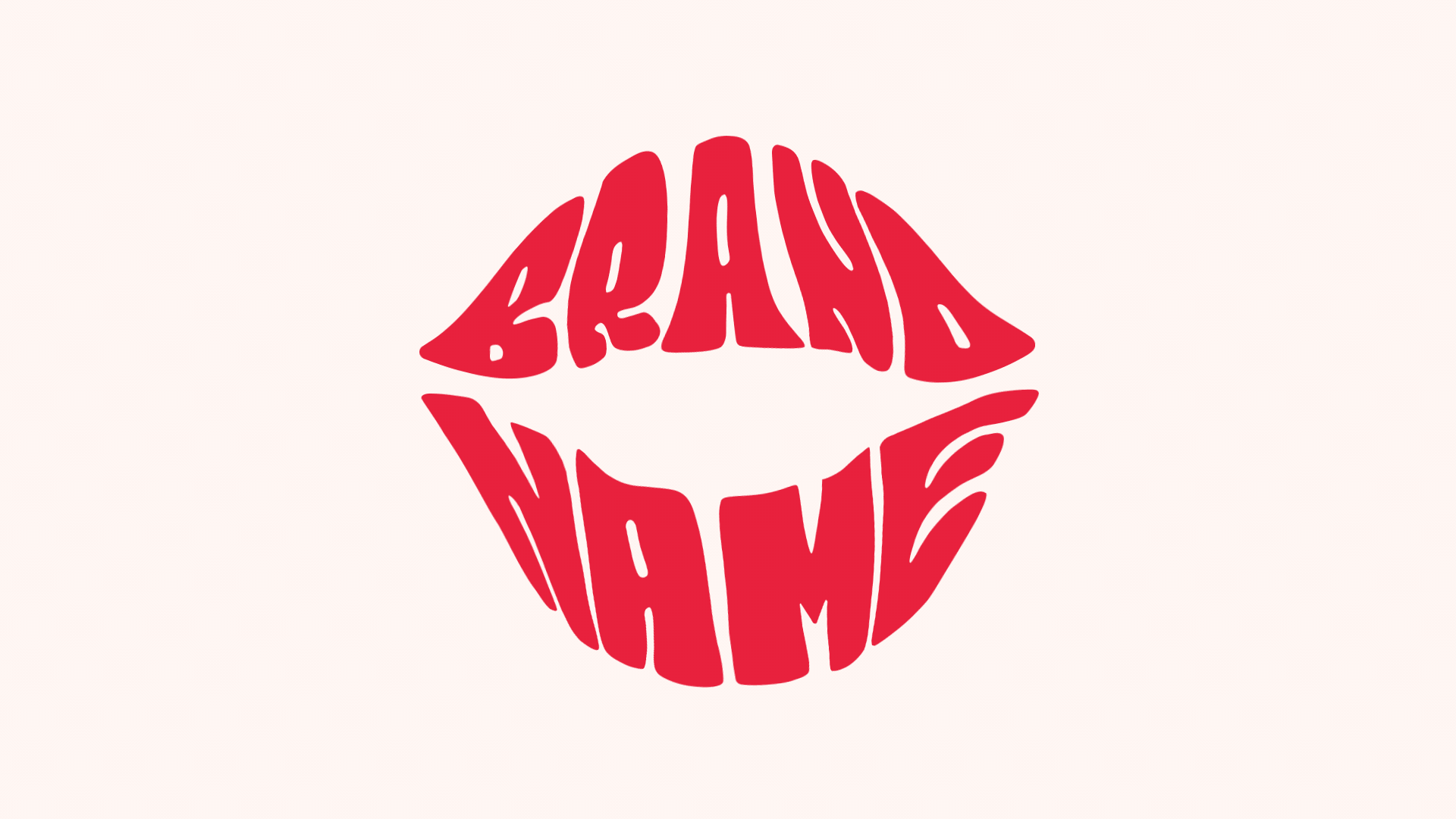Ever since their inception, social media platforms have been under fire for the adverse effects they have on society. And it’s no surprise – a recent study reported that regular use of Facebook has a negative impact on our mental wellbeing. Despite the fact that many social media platforms emerged with the noble goal of helping us “stay connected”, the reality has been far from the ideal. Instead, social media has contributed to making many of us feel isolated.
In direct response, we’re seeing an emergence of features, apps and platforms trying to combat this. In this article, I’ll be looking at the latest offerings from Google, Instagram and Facebook that seek to rectify the disconnect many of us are feeling at the hands of social media.
Shoelace by Google
This year saw Google finally pull the plug on their Google+ social media platform. However, the platform’s disappointing performance didn’t deter them from taking another stab at social media. Albeit, this time they’ve set their sights a little lower.
Enter Shoelace: a Meetup-style social media app that aims to help “connect people with shared interests through in-person activities.” While the idea is nothing groundbreaking (Meetup, Eventbrite, and Facebook Events have all already provided solutions to this problem), the marketing message clearly indicates their intention to bring people closer together.
Whether it will be successful in its goal is yet to be seen – it’s still early days and the app is currently available on an invite-only basis for New York City residents. And while the sentiment is nice, Shoelace will need to offer something unique to pull users away from competitors that users are already both familiar and satisfied with.
Threads by Instagram
Although Instagram has always offered in-app messaging, the feature has never been the primary draw of the app. Threads seeks to change that by offering users a separate platform to help them more easily keep in contact with close friends.
From the makers: “Threads is a camera and messaging app from Instagram designed for keeping up with your close friends.” Upon first inspection, there’s an uncanny resemblance between Threads and Snapchat. And, in many ways, given Snapchat’s resurgence in popularity this year, first impressions are that Threads, rather than being a genuine attempt to combat social disconnect, could be just another avenue to help Facebook/Instagram further increase dominance in the social media arena.
That said, Threads launched less than a month ago and has already seen initial success with 100k+ downloads and a 4+ star rating in the App Store. Despite being strikingly similar to Snapchat, it could be that users will be attracted to the seamless integration with their favourite photo-sharing app.
Whether it will help combat social disconnect is another question. However, given that the platform takes users away from the often-faceless Instagram platform and places them into an environment in which direct contact with close friends is the primary purpose, it could certainly be a step in the right direction.
Portal by Facebook
While Facebook’s popularity is showing no signs of slowing in the immediate future, it’s important to note that just 51% of 13 to 17-year-olds regularly use it. That’s compared with 69% of the same demographic being active Snapchat users and 72% being active Instagram users.
This could be a worrying sign about the future of Facebook: when the younger generation reaches maturity, it’s likely that Facebook isn’t going to be their preferred social media platform. This could explain why Mark Zuckerberg is working aggressively to diversify the Facebook brand into new markets.
Portal – a tabletesque device that makes it easier for friends and families to “hangout virtually” via video chat – is one of these ventures. The leading feature of the platform – giving it an edge over laptops, tablets, and phones – is the intelligent in-built camera, which automatically follows users as they move around a room and auto-pans in and out of focus as people enter and leave the frame. The idea is that this functionality will allow users to set the device down and simply behave as if they were “hanging out” in person, since the intuitive camera will ensure that they’re always visible to whoever’s on the other line.
Overall, the success of the platform will depend on whether the market decides there’s a real need for the product. Apps such as FaceTime, WhatsApp, and Skype are already doing a reasonable job of helping us connect virtually. It remains to be seen whether or not users will be willing to stump up the minimum cost of £129 to solve a problem they’re: a) not sure they have and b) not overly concerned with anyway.
Sincerity?
While it’s good to see social media platforms taking responsibility for the adverse effects their platforms have had, solutions to these issues can come across as inauthentic PR stunts. The perceived mentality being “we created a problem and now we need to look like we care about fixing it,” instead of a healthier “we care about people, so we’re creating these solutions to fix their problems”.
One thing is definitely clear: amidst the ever-growing concerns about user privacy and mental health, the social media landscape is likely to experience radical changes in the coming years. Hopefully, fueled by the growing importance of social responsibility, platforms will continue to strive for ways to make changes for the greater good. For now, we’ll just have to wait and see how they evolve over the coming months.




